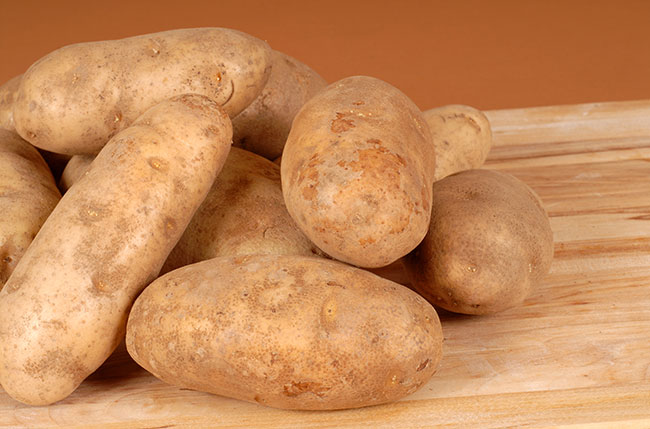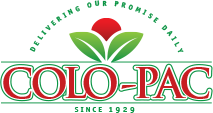
The potato is native to North and South America and it was domesticated by natives. They have been cultivated for centuries throughout the Americas. The Spanish conquistadors found the potato to be a useful crop during their conquest of the Inca and sent it home to Europe. European farmers were slow to adopt the potato, but once they did, the tuber quickly became integral to the European diet. Through European trade routes, the potato rapidly reached people around the world. Farmers realized that potatoes were remarkably easy to grow and store and that they were highly nutritional and filling. More people could be supported on fewer acres of land because of potatoes. Historians suggest that the rapid population boom and urbanization of Europe in the 1700s-1900s was due in large part to European farmers’ adoption of the potato. Today, potatoes are used across the globe and are considered a staple in most parts of the world. People in Europe and the Americas use the most potatoes per capita, but China and India now produce the largest numbers of potatoes. Many varieties of potato exist today, and each variety is best suited for some uses rather than others. The best use for a potato is determined by its level of starch. Potatoes are categorized into three culinary classes: new potatoes, general purpose potatoes and baking potatoes. New potatoes are any potatoes that are harvested early, before their sugars have all converted to starches. They are generally smaller and typically used for boiling and mashing. General purpose potatoes are the most common category of potato. Quite hardy potatoes, they are useful for frying and boiling. Baking potatoes are big, starchy potatoes that are good for baking and roasting.
Potatoes are one of the most popular vegetables in the world and as such, there are countless recipes featuring potatoes. From the Andes to India, people around the world have a taste for the tuber. Potatoes are prepared in a variety of ways including boiling, baking, steaming, and frying. Potatoes can even cooked in the microwave! They can be prepared whole, sliced, chopped or mashed. While any potato can be used for any application, using the right potato for the job yields the best results. The types of potatoes and their best uses are outlined briefly in the Facts section. For perfect mashed potatoes, boil new potatoes in salty water for about twenty minutes or until they are tender. Cutting potatoes in one inch cubes will make them cook much more quickly, and makes mashing them easier. Colcannon is a traditional Irish recipe for mashed potatoes that incorporates cabbage, onion, and sometimes bacon. Baked potatoes are a popular standby and comfort food. A large hearty potato, baked until the skin is crispy, and topped with things like butter, sour cream, chives, and bacon bits is the perfect accompaniment to any meal. A common use for potatoes is the potato pancake. Many cultures have developed recipes for potato pancakes, like Irish boxty, Jewish latke, Swiss rösti, and Bulgarian patatnik. All of these dishes are variations on a simple, delicious formula: grated or mashed potatoes, formed into patties and either pan fried or deep fried. Generally speaking, potatoes go very well with garlic, chives, butter, cream, cheese and salty meats like bacon. The possibilities are endless when it comes to potatoes.
Pick potatoes that have smooth skin and no blemishes. Some varieties of potatoes, especially russet and Kennebec can look quite ugly, but as long as there are no cuts or breaks in their skin, they are perfectly delicious. Store potatoes in a cool, dry, dark place, but avoid the refrigerator. Potatoes are happiest when stored between 45 and 55 degrees F. If there are no cool, dry options available other than the refrigerator, they can be stored for a short time, but make sure to let them slowly warm up to room temperature before cooking them. Although you should not get potatoes wet since moisture can cause potatoes to spoil quickly, they should be washed immediately before cooking.


 BACK TO PRODUCTS
BACK TO PRODUCTS